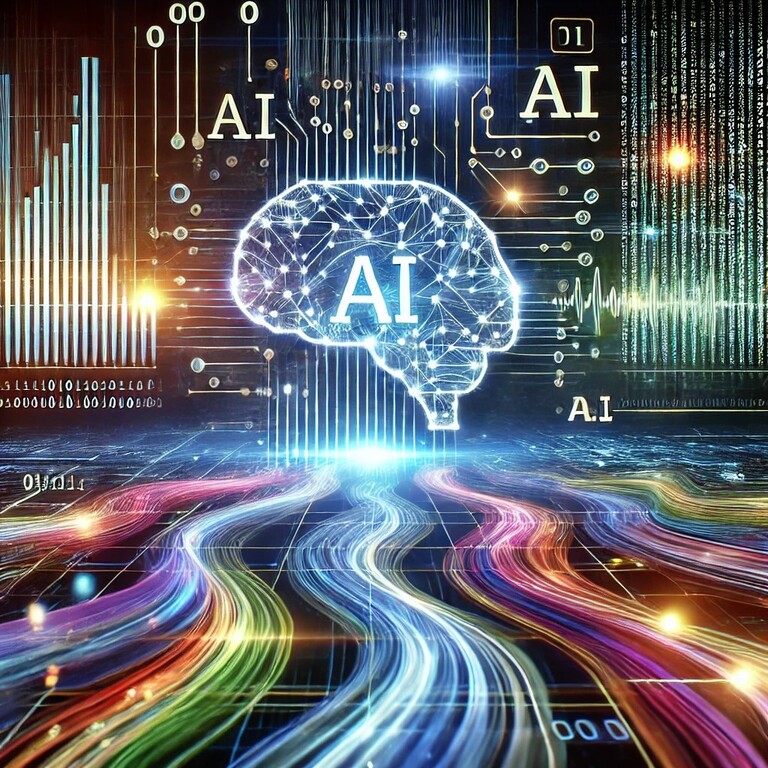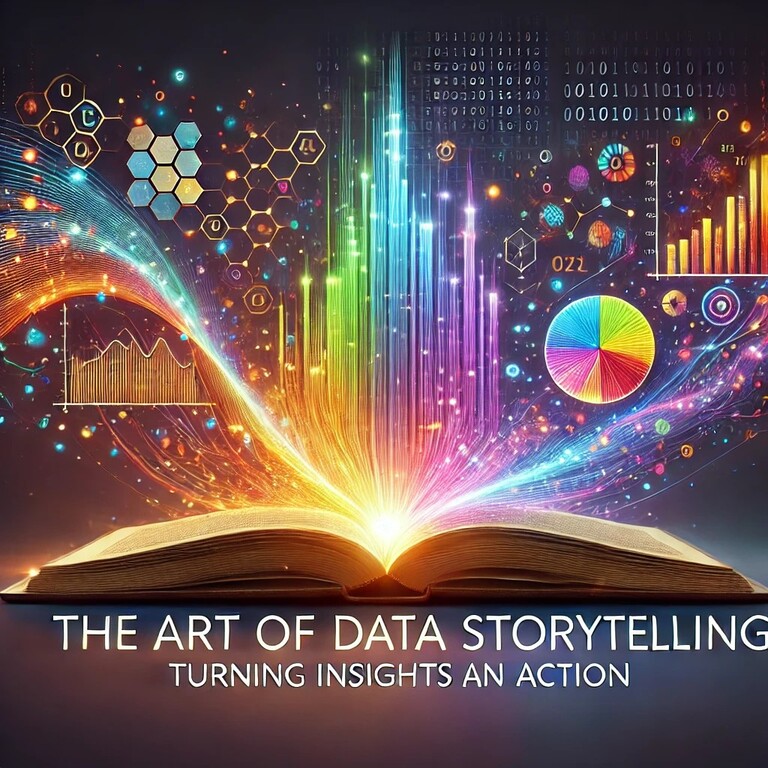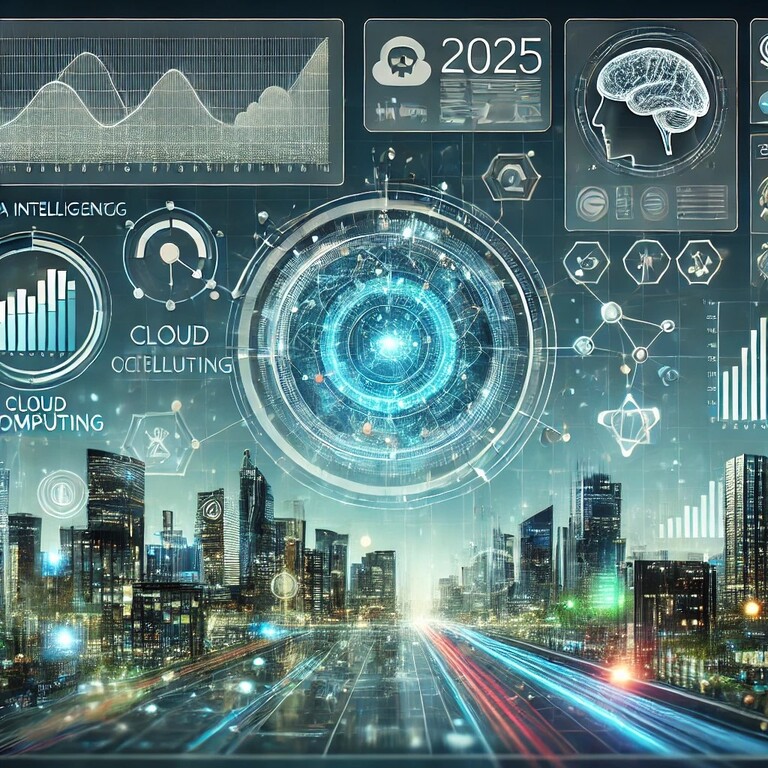Machine learning (ML) continues to revolutionise industries worldwide, driving innovation, improving decision-making, and enabling automation. But what does the future hold for this transformative technology? In this post, we’ll explore future trends in machine learning, from generative AI to edge computing, and discuss how they’re poised to reshape our world.
The Evolving Landscape of Machine Learning
As industries adopt AI and machine learning at unprecedented rates, the field is evolving rapidly. Staying ahead of the curve requires understanding key trends that will define the next decade.
1. Generative AI Taking Centre Stage
Generative AI, exemplified by technologies like GPT and DALL·E, is transforming how we create content, solve problems, and innovate. By 2030, generative AI will likely expand into more specialised domains, creating bespoke solutions in medicine, entertainment, and design.
Businesses are leveraging this trend for:
- Content Creation: Automated copywriting, video generation, and image synthesis.
- Product Development: Generative design tools that craft optimised products for industries such as aerospace and automotive.
Companies like OpenAI and Google DeepMind continue to lead the charge, with many startups innovating in niche applications. Read more about the transformative impact of generative AI here.
2. The Shift to Edge AI
Edge AI—bringing machine learning to devices like smartphones and IoT systems—is becoming mainstream. By processing data locally rather than in the cloud, edge AI enhances:
- Real-time Decision-Making: Critical for autonomous vehicles and robotics.
- Privacy and Security: By minimising the transfer of sensitive data.
- Energy Efficiency: Reducing bandwidth and latency costs.
According to Gartner, edge computing will support more than 75% of enterprise data processing by 2025. As edge AI grows, industries from healthcare to agriculture will see significant benefits.
3. Explainable AI (XAI) Addressing Trust Issues
While ML algorithms grow increasingly sophisticated, their complexity can make them opaque. Explainable AI (XAI) is designed to make ML models interpretable, fostering trust in AI-driven decisions. Key applications include:
- Healthcare: Helping clinicians understand diagnosis recommendations from AI tools.
- Finance: Offering clarity in automated credit scoring or fraud detection systems.
By prioritising transparency, XAI ensures accountability and aligns with emerging regulations like the EU’s AI Act.
4. Federated Learning Enhancing Collaboration
Federated learning allows ML models to be trained across decentralised datasets, preserving user privacy. This trend is crucial for industries handling sensitive data, such as:
- Healthcare: Training algorithms on patient data without centralising it.
- Finance: Collaborating across institutions while safeguarding proprietary information.
Google’s work on federated learning for Android devices highlights its potential for scalable, privacy-focused AI development.
5. AI for Sustainability and Climate Action
Machine learning is becoming a key tool in combating climate change. It’s helping to:
- Optimise Renewable Energy: Enhancing energy grids with predictive analytics.
- Monitor Ecosystems: Analysing satellite imagery to track deforestation and biodiversity loss.
- Reduce Waste: Streamlining logistics and manufacturing processes to cut emissions.
Projects like DeepMind’s work on reducing Google’s data centre energy consumption showcase the environmental benefits of AI.
6. The Rise of Automated Machine Learning (AutoML)
AutoML is democratising access to ML by simplifying model creation. Tools like Google Cloud AutoML allow non-experts to deploy ML solutions, reducing the skill barrier. This will:
- Accelerate innovation in smaller organisations.
- Bridge the gap between domain experts and data scientists.
- Expand the availability of customised AI solutions across industries.
7. Ethical AI Driving Responsible Innovation
As AI’s influence grows, so does the need for ethical frameworks. Future advancements will focus on:
- Bias Mitigation: Ensuring equitable outcomes in AI-driven decisions.
- Regulatory Compliance: Adhering to global standards for fairness and accountability.
- AI Governance: Creating systems for oversight and monitoring.
Organisations like the Partnership on AI are already shaping global conversations around responsible AI deployment.
Conclusion: Embracing the Future of Machine Learning
The future trends of machine learning is bright and multifaceted. From generative AI reshaping creativity to edge computing driving innovation in real-time systems, the potential applications are boundless. However, as ML evolves, embracing ethical practices, fostering transparency, and prioritising sustainability will be key to its long-term success.











